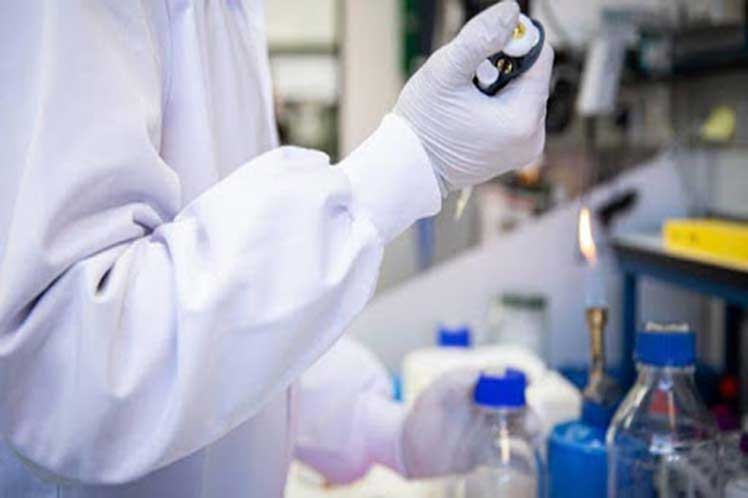Havana: The German physicist Albert Einstein once said that the best innovations emerged from crises and this is demonstrated today by Covid-19, a pandemic with various negative impacts, but in which ingenuity grew, Prensa Latina publishes.
Since the disease came to the world, and made it almost stop, all scientists of several branches: medicine, communication technologies, development of medical equipment and more, began to explode their neurons to help pass the virus as well as possible.
The most urgent thing so far is to find a vaccine against SARS-CoV-2 that led different countries to the beginning of a race without pause and in a hurry to obtain the correct drug.
According to data from the World Health Organization (WHO), to date more than 180 vaccine candidates have been developed, of which 35 are already in the human trial phase.
Among the most renowned there is the Russian Sputnik V, which, according to a recent study in the English journal The Lancet, is safe and produces an immune response.
Other valuable candidates are China’s Sinovac, which began phase III weeks ago, after the company was authorized in Brazil to carry out experimental tests on volunteers in that South American country.
In Latin America, the first and only vaccine candidate from the region, Cuban Soberana 01, began clinical trials on August 24, and after injecting 40 volunteers between 18 and 80 years of age, health authorities do not report adverse reactions.
But Covid-19 prompted other great inventions to follow its mark. Among these is the Nextstrain virtual platform, which allows scientists to create a family tree to determine how the virus is spreading.
The open source project compiles public data on the genome of certain pathogens and uses analysis and visualization tools that tracks different SARS-CoV-2 mutations, how it spreads around the world, and where containment measures have failed as well as the routes of entry of the virus to each nation.
On the other hand, in many countries telemedicine spread, in which, through applications for cell phones (app), some symptoms can be detailed and wait for a doctor to attend you through a virtual consultation.
In Cuba, for example, an app called Virtual Pesquisador was created, free of charge, and through which users enter elements such as some symptoms, home address, age, etc., and in a database they are saved, reviewed and then the community doctor visits them.
Artificial intelligence is also a powerful weapon to make predictions about the evolution of the Covid-19 disease and even to search for a possible treatment.
A Canadian biotechnology company, AbCellera, is working on a machine learning model to develop antibody-based therapies from patients recovered from the disease.
Thus, they managed to analyze more than five million immune cells in search of those that were capable of producing the antibodies that helped patients to improve and could become future therapies for this virus.
For its part, the WHO launched the chatbot (WHO chatbot) in order to provide information about the new coronavirus and offer answers to users on common questions related to the disease.
The ‘chatbot’ is in the WhatsApp messaging application, belonging to the technology giant Facebook, which also designed an Information Center on Covid-19 for the social network. Its function is to provide authorized information and remove from the platform the different false news that users find about the pandemic.
Each example of those mentioned, and some still not reflected in the text, prove Einstein’s theory that ‘creativity is born of anguish and it is in crisis where inventiveness, discoveries and great strategies sprout’.
“Whoever overcomes the crisis, overcomes himself without being overcome,” said the inventor of the theory of relativity.

